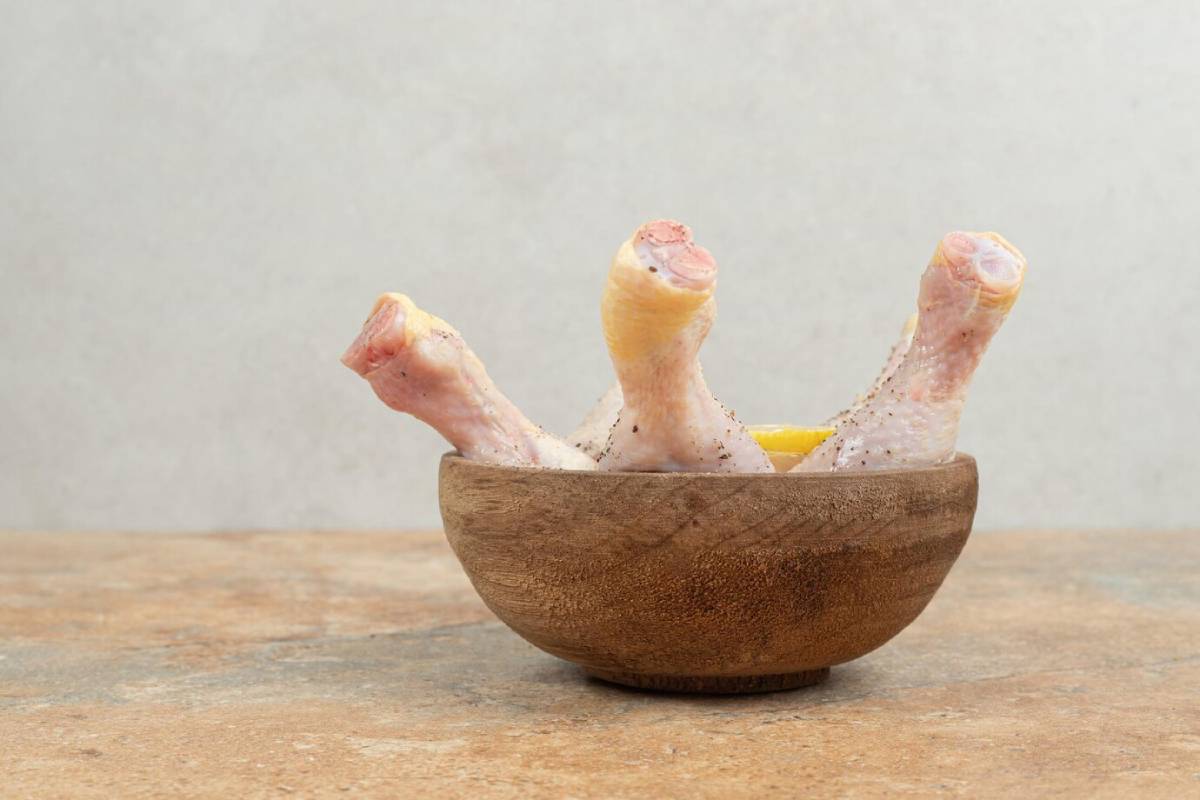
Pros and Cons of the BARF Diet for Dogs
Have you ever looked at your dog’s kibble and wondered, “Is this the best I can give them?” You’re not alone. Many pet parents are choosing raw diets, especially the BARF diet — short for Biologically Appropriate Raw Food or Bones and Raw Food. They seek better health and vitality for their dogs.
While “feeding like nature intended” sounds great, raw feeding has its challenges. Is it truly better for your dog? Or could it cause harm?
In this guide, we’ll look at the benefits of the BARF diet and the pros and cons of raw dog food. You’ll gain a balanced view, supported by expert insight and real-life experiences, to help you decide what’s best for your furry friend.
What Is the BARF Diet, Exactly?

The BARF diet focuses on raw meat, bones, fruits, vegetables, and organ meats — similar to the diet of wild canines like wolves. It’s not just about giving your dog a raw steak. It’s a planned approach to nutrition that aims to:
- Mimic a natural ancestral diet
- Avoid highly processed commercial foods
- Provide whole, fresh ingredients for optimal health
A typical BARF meal includes:
- 70–80% raw muscle meat (like chicken, turkey, beef)
- 10% edible bone
- 5–10% organ meat (like liver or kidney)
- 10–15% vegetables and fruits
Many owners rave about the changes in their pets, but it’s not all perfect.
The Benefits of the BARF Diet for Dogs
Let’s explore why this diet appeals to many dog lovers.
1. Improved Coat and Skin Health
One of the first changes dog owners notice? A shinier coat and less itching. Raw diets are rich in natural fats and omega-3s that support skin health. Without artificial fillers, dogs may have fewer allergic reactions.
Example: Sarah, a Labrador owner in Devon, saw her pup’s flaky skin clear up within weeks of switching to raw meals.
2. Better Dental Hygiene
Chewing raw bones (never cooked) helps clean teeth and gums. This reduces tartar build-up and bad breath, which dry kibble often fails to address.
Tip: Recreational bones like raw beef knuckles keep your dog entertained while cleaning their teeth.
3. Higher Energy and Vitality
Many raw feeders notice their dogs have more balanced energy levels, with less hyperactivity and crashes. Without high-glycaemic fillers, blood sugar levels may stay steady.
4. Smaller, Less Smelly Stools
Yes, we’re going there! BARF-fed dogs often produce firmer, smaller, less frequent stools, thanks to better nutrient absorption and less waste.
5. Weight Control and Muscle Tone

Due to its high protein and low empty calories, many dogs shed excess fat and build lean muscle more easily. You can adjust meal sizes based on your dog’s activity level and age.
6. Reduced Allergy Symptoms
Dogs with food sensitivities may benefit from the absence of grains, additives, and artificial flavours common in commercial kibble.
Real-world case: A rescue collie in Scotland with chronic ear infections improved dramatically after two months on BARF, leading to fewer vet visits.
The Risks and Downsides of Raw Feeding
Despite its popularity, raw feeding has risks. Here’s what to watch out for.
1. Bacterial Contamination
Handling raw meat carries the risk of harmful bacteria like Salmonella and E. coli — not just for your dog, but for humans, especially children or those with weakened immune systems.
Safe practice tip: Always sanitize surfaces, bowls, and wash your hands thoroughly. Freeze meat properly and avoid cross-contamination.
2. Nutritional Imbalance
A poorly planned raw diet can lead to deficiencies in essential nutrients, like calcium, phosphorus, and certain vitamins.
Dogs need more than just meat. You must balance bone content, organ meats, and vegetables — this isn’t guesswork.
If you’re making it yourself, consult a canine nutritionist for help. Some prefer pre-made, complete raw meals approved by vets and nutritionists.
3. Risk of Choking or Bone Injury
Raw bones can be safer than cooked bones (which splinter), but they still pose risks. Large weight-bearing bones can crack teeth, while small bones might cause choking or blockages.
Choose bones wisely: Opt for softer, non-weight-bearing bones like chicken necks or duck wings, and supervise feeding time.
4. Expense and Effort
Let’s be honest — raw feeding isn’t the cheapest or most convenient option. You’ll spend time sourcing ingredients, prepping meals, and cleaning up.
- It requires freezer space
- Weekly meal prep routines
- Regular vet check-ups to monitor your dog’s health
5. Vet Pushback
Some vets are sceptical due to limited long-term research and concerns about safety and nutrition. You may need to advocate for your choice and find a vet who understands raw diets.
Good to know: The British Veterinary Association (BVA) recommends using “commercial raw products that are Defra-approved” for safer outcomes.
How to Start the BARF Diet Safely
If you’re ready to proceed, here’s how to transition responsibly.
Start with a Transition Period
Don’t switch your dog overnight. Gradually mix in raw meals over a week or two to avoid digestive upset.
Begin with One Protein Source
Start with one meat type (like chicken) for 1–2 weeks. Once your dog adjusts, you can slowly add other proteins like beef, lamb, or turkey.
Monitor and Adjust
Keep an eye on:
- Stool consistency
- Energy levels
- Weight changes
- Skin and coat condition
Supplement When Needed
Depending on your dog’s age, breed, or health, you might need to add:
- Fish oil (for omega-3s)
- Kelp or spirulina (for iodine)
- Probiotics (for gut health)
Always check with a raw-friendly vet or canine nutritionist before adding supplements.
Store and Handle Food Safely
- Use airtight containers
- Thaw in the fridge (not on the counter)
- Never refreeze thawed meat
- Clean all surfaces thoroughly
Who Is the BARF Diet Best For?
Great for:

- Healthy adult dogs
- Dogs with food allergies
- High-energy working breeds
- Owners who are hands-on and detail-oriented
Not ideal for:
- Puppies without a vet-guided plan
- Dogs with immune issues or specific medical conditions
- Households with small children or immunocompromised individuals
- Owners prioritising convenience over customisation
Weighing the Raw Truth
The BARF diet offers clear benefits, from shiny coats to better digestion, but it also comes with real responsibilities and risks. It’s not a fix-all, nor is it right for every dog or owner.
If you’re ready for the prep, planning, and safety practices, raw feeding can be rewarding. It reconnects you with your dog’s natural dietary instincts. You could try raw feeding on a budget. But if you’re unsure or can’t meet the demands, that’s okay too. Your love and care matter more than what’s in their bowl.
So, is raw feeding right for your dog?
Only you, with guidance from a trusted vet or nutritionist, can decide.
Ready to learn more? If you found this guide helpful, share it with fellow pet parents, leave your thoughts in the comments, or subscribe for more tips on dog health and nutrition. Your pup will thank you!


